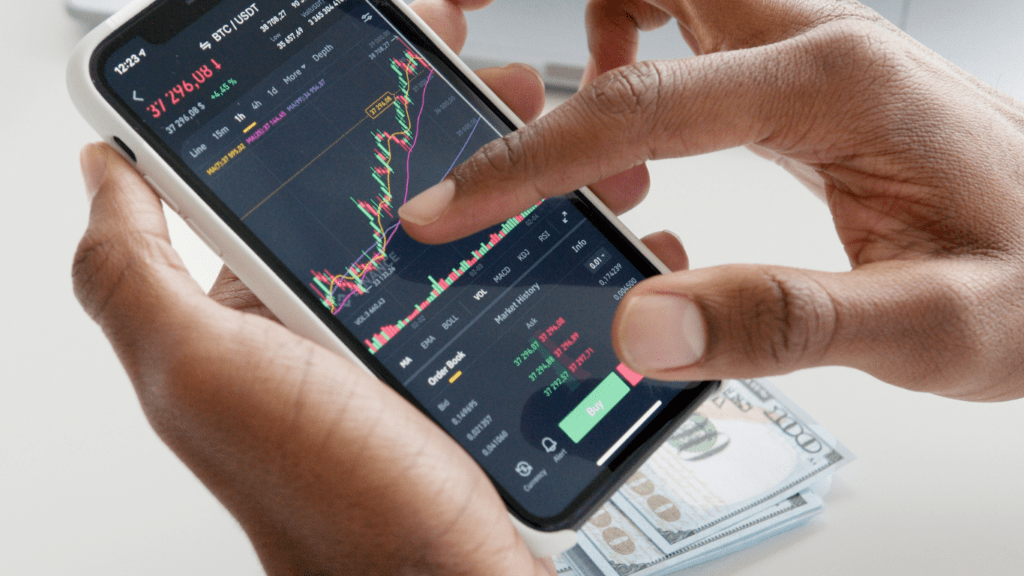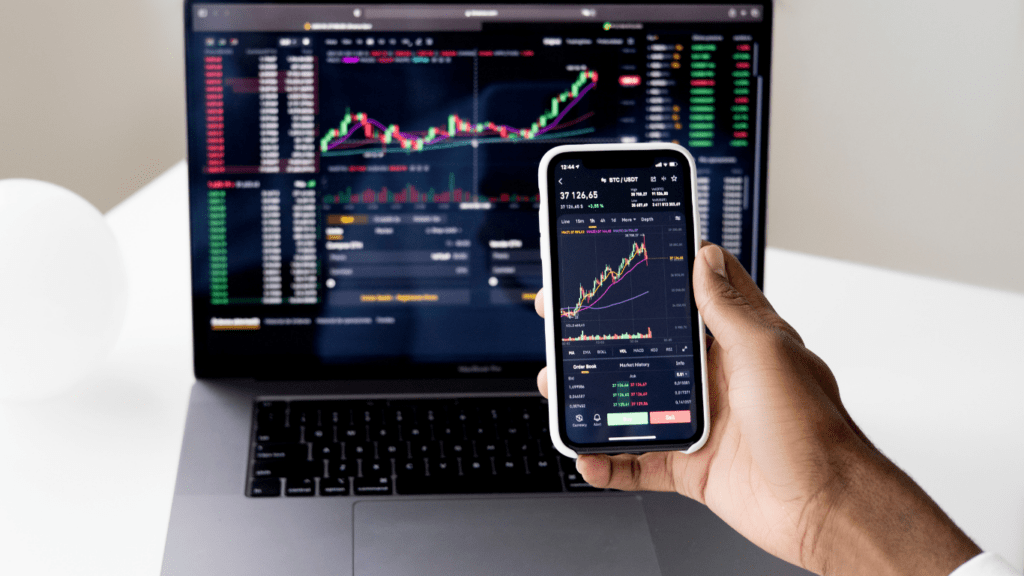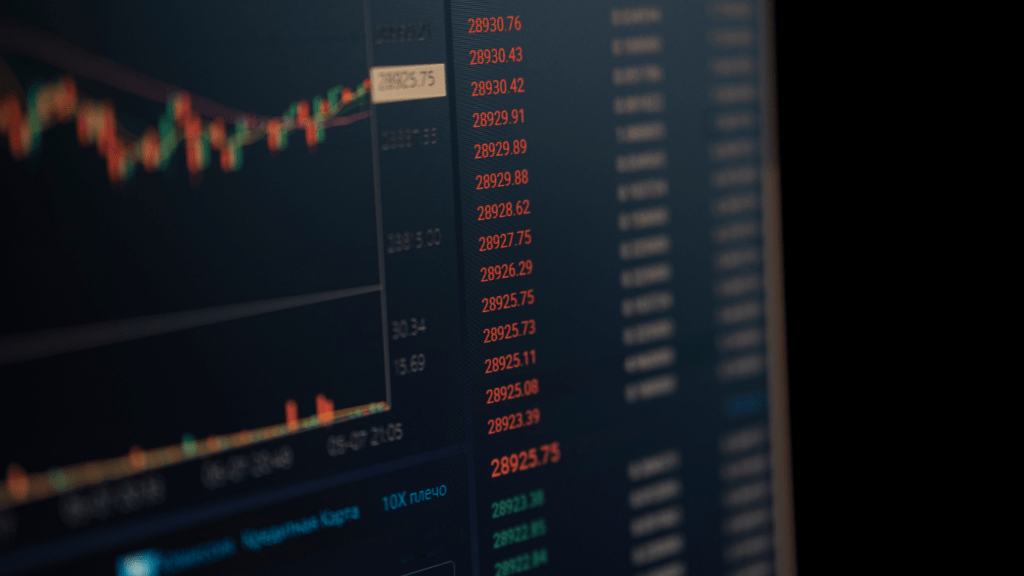When it comes to navigating the world of cryptocurrency investments, the choice between staking and trading can be a pivotal decision. As an avid investor in the digital asset space, I’ve often pondered the question: “Which crypto investment strategy is right for me?” Staking, with its potential for passive income through network participation, offers a compelling alternative to the fast-paced nature of trading.
In this article, I’ll delve into the nuances of staking versus trading, shedding light on the benefits and risks associated with each approach. As someone who has experienced firsthand the highs and lows of crypto investing, I’ll provide insights to help you determine the strategy that aligns best with your financial goals and risk tolerance.
Whether you’re a seasoned trader or a newcomer to the crypto scene, understanding the differences between staking and trading is essential for making informed investment decisions.
Understanding Staking vs. Trading
Reflecting on my experience as an investor, understanding the differences between staking and trading in the realm of cryptocurrency is crucial. Staking offers the potential for passive income, where investors can earn rewards by holding coins in a compatible wallet.
On the other hand, trading involves actively buying and selling assets to capitalize on market fluctuations. While staking provides a relatively stable income stream, trading is characterized by its dynamic nature, offering the possibility of higher returns but also increased risk.
Stakers are rewarded for participating in network validation and security, contributing to the blockchain’s functionality. Traders, on the other hand, rely on their market analysis skills to make timely buy and sell decisions.
Both staking and trading have their benefits and risks, making it essential for investors to align their strategies with their financial goals and risk tolerance. Whether seeking steady passive income through staking or embracing the volatile nature of trading for potential higher gains, understanding the nuances of each approach is key to making informed investment decisions in the cryptocurrency space.
Pros and Cons of Staking
Staking has several advantages and disadvantages that individuals should consider when deciding on their crypto investment strategy.
Benefits of Staking
Staking offers a passive income opportunity, where I can earn rewards by simply holding coins in my wallet. This passive income stream can provide financial stability and growth without actively trading.
Drawbacks of Staking
One drawback of staking is the lock-up period where I need to hold my coins for a specific duration to earn rewards. This lack of liquidity can limit my flexibility in using my crypto holdings for other investment opportunities.
Pros and Cons of Trading
Trading in cryptocurrencies offers both advantages and disadvantages that investors need to consider before determining the most suitable investment strategy based on their financial goals and risk appetite.
Benefits of Trading
Trading cryptocurrencies can potentially yield high returns in a relatively short period, capitalizing on market volatility to generate profits. Active trading allows me to take advantage of both upward and downward price movements, maximizing opportunities in various market conditions.
Additionally, trading provides the flexibility to adapt quickly to market trends, enabling me to adjust my positions based on real-time information to optimize portfolio performance.
Drawbacks of Trading
On the flip side, trading cryptocurrencies involves a higher level of risk compared to staking due to market fluctuations and volatility. It requires constant monitoring of price movements and the ability to make timely decisions, which can be stressful and time-consuming.
Moreover, trading fees and transaction costs can eat into profits, impacting the overall returns from trading activities.
Factors to Consider When Choosing Between Staking and Trading
In evaluating whether staking or trading aligns better with my financial goals and risk tolerance, several key factors come into play to make an informed decision optimally.
Investment Horizon
When deciding between staking and trading in the crypto realm, assessing my investment horizon is crucial. Staking typically requires a longer-term commitment as rewards are earned by holding coins for a specific period.
In contrast, trading allows for more immediate gains but necessitates constant monitoring and quick decision-making to capitalize on market fluctuations.
Risk Profile
- Risk Appetite Assessment: Understanding my risk appetite is crucial in selecting the appropriate investment strategy, as it influences my comfort level with potential losses and market fluctuations.
-
Income Stability vs. Market Volatility: Staking provides a more stable income stream but carries the risk of coin devaluation, whereas trading offers the potential for significant returns amid higher volatility and market risk.
Liquidity Needs
Assessing my liquidity requirements is paramount in choosing between staking and trading. Staking often involves locking up funds for a specified period, restricting access to immediate liquidity. Trading, with its buy and sell dynamics, offers more flexibility in accessing funds quickly but requires active engagement in the market.
Market Knowledge and Expertise
My familiarity with the crypto market and trading strategies plays a critical role in determining the most suitable approach. Staking, with its passive nature, may be more accessible for beginners or those looking for a hands-off investment option.
In contrast, trading demands a deeper understanding of market trends, technical analysis, and risk management practices to navigate successfully.
Time Commitment
Considering the time I can dedicate to managing investments is essential when weighing staking against trading. Staking generally requires less active involvement once initial setup is complete, making it suitable for individuals with limited time for market monitoring.
Conversely, trading demands constant attention, timely decision-making, and ongoing analysis to capitalize on profit opportunities.
Tax Implications
Understanding the tax implications of staking rewards versus trading gains is necessary for effective financial planning. Staking rewards may be subject to different tax treatments compared to trading profits, and being aware of these nuances can help optimize tax efficiency and overall investment returns.
By evaluating these factors holistically and aligning them with my financial objectives, I can make a well-informed decision on whether staking or trading is the right crypto investment strategy for me.
Making an Informed Decision
Exploring the decision between staking and trading in cryptocurrency investments can be daunting. As an experienced investor, I understand the importance of aligning your financial goals and risk tolerance with the right investment strategy.
Staking offers a reliable passive income stream as investors earn rewards by holding coins. On the other hand, trading is dynamic, involving active buying and selling to capitalize on market fluctuations.
When considering staking, it’s crucial to weigh the benefits and drawbacks. Staking provides a passive income opportunity and financial stability without the need for constant trading. However, it comes with a lock-up period that limits liquidity and flexibility in utilizing your crypto assets for other investments.
Trading, on the other hand, can be rewarding in the short term by taking advantage of market volatility. It allows for quick adaptation to market trends, potentially leading to higher returns. Nonetheless, trading involves higher risk due to market fluctuations, the necessity for continuous monitoring, and the impact of trading fees on overall returns.
To make an informed decision between staking and trading, it’s essential to consider several key factors. These include your investment horizon, risk profile, liquidity requirements, market knowledge, time commitment, and tax implications. Staking typically involves a longer-term commitment and offers a steady income stream, while trading allows for immediate gains but demands active market engagement.
By evaluating these factors holistically and aligning them with your financial objectives, you can confidently choose the investment strategy that best suits your needs. Whether you are a seasoned trader or a newcomer to the cryptocurrency space, this analysis aims to empower you to navigate the complexities of crypto investments effectively.





